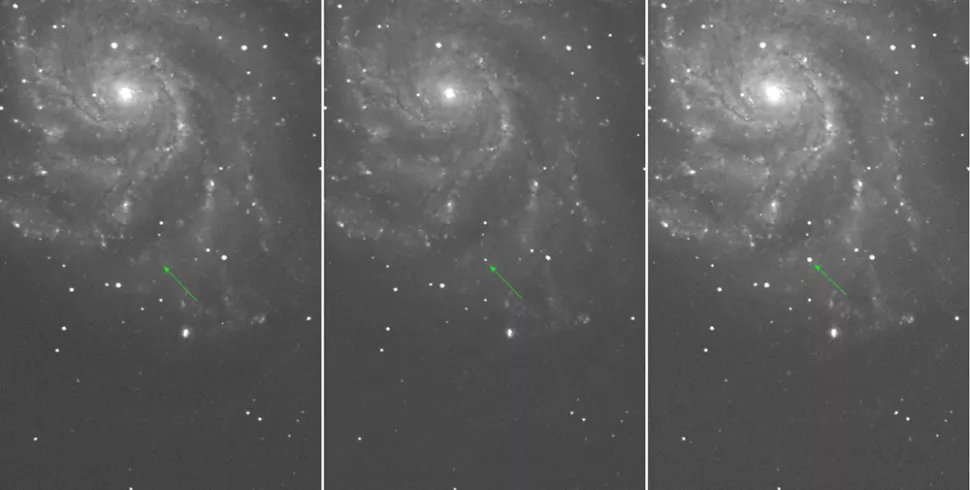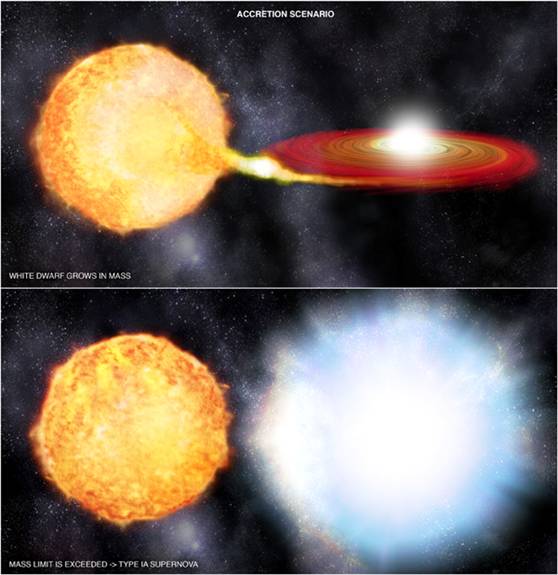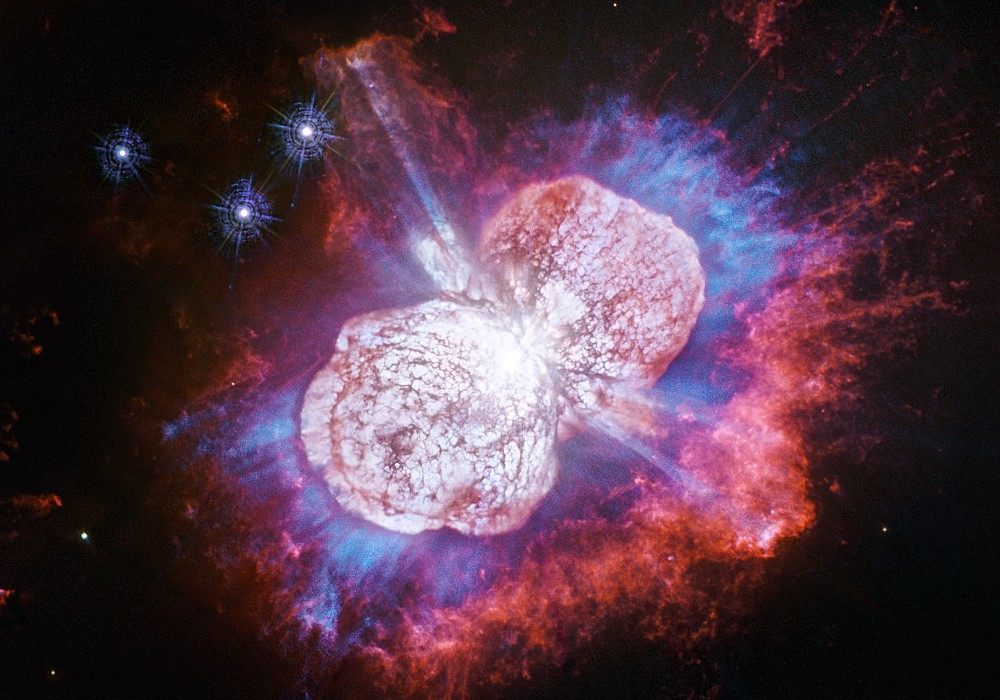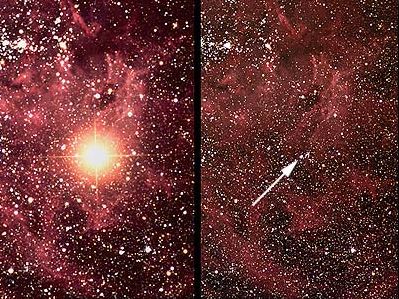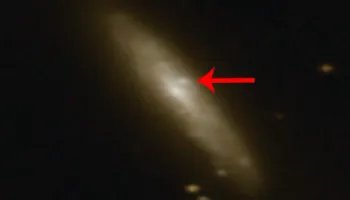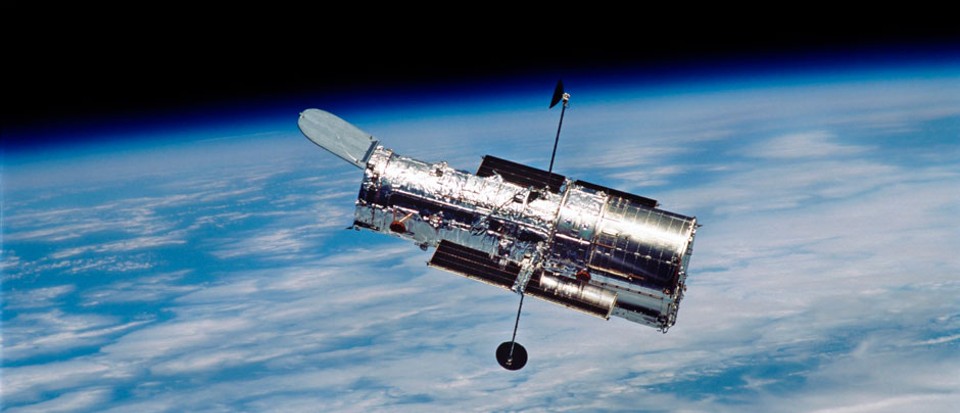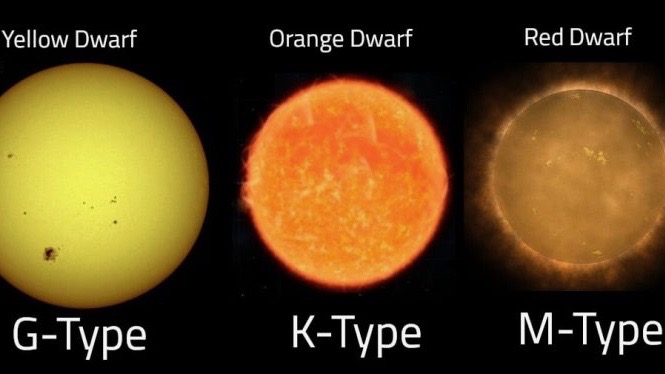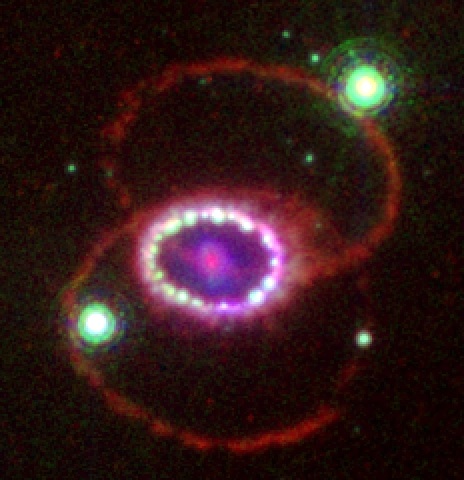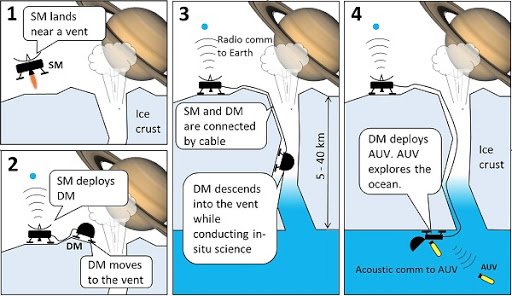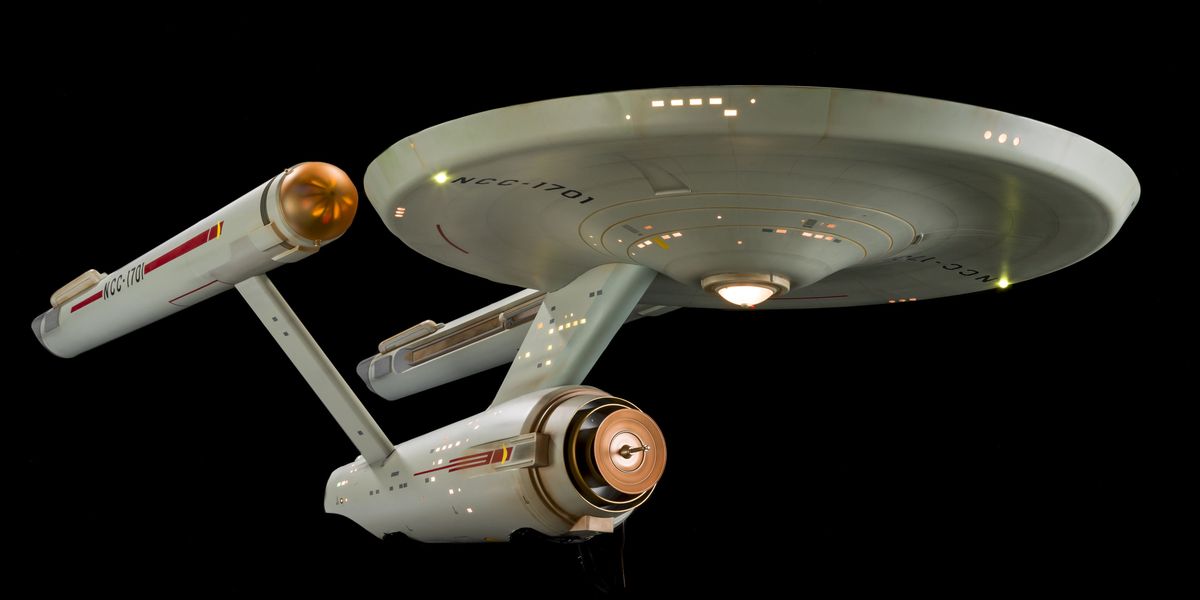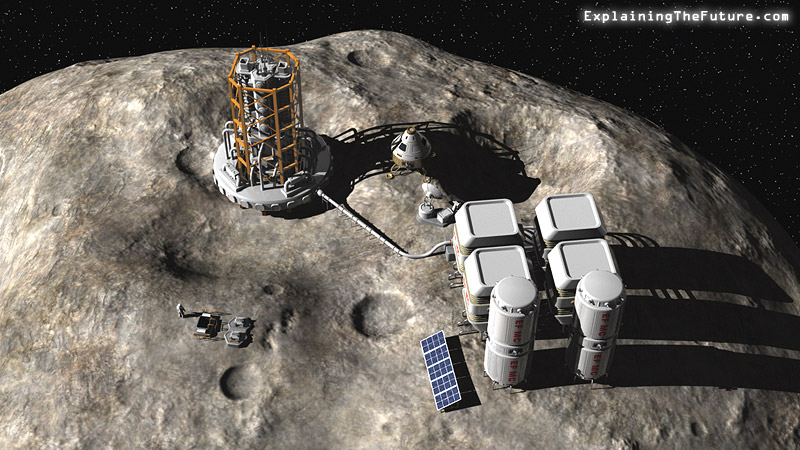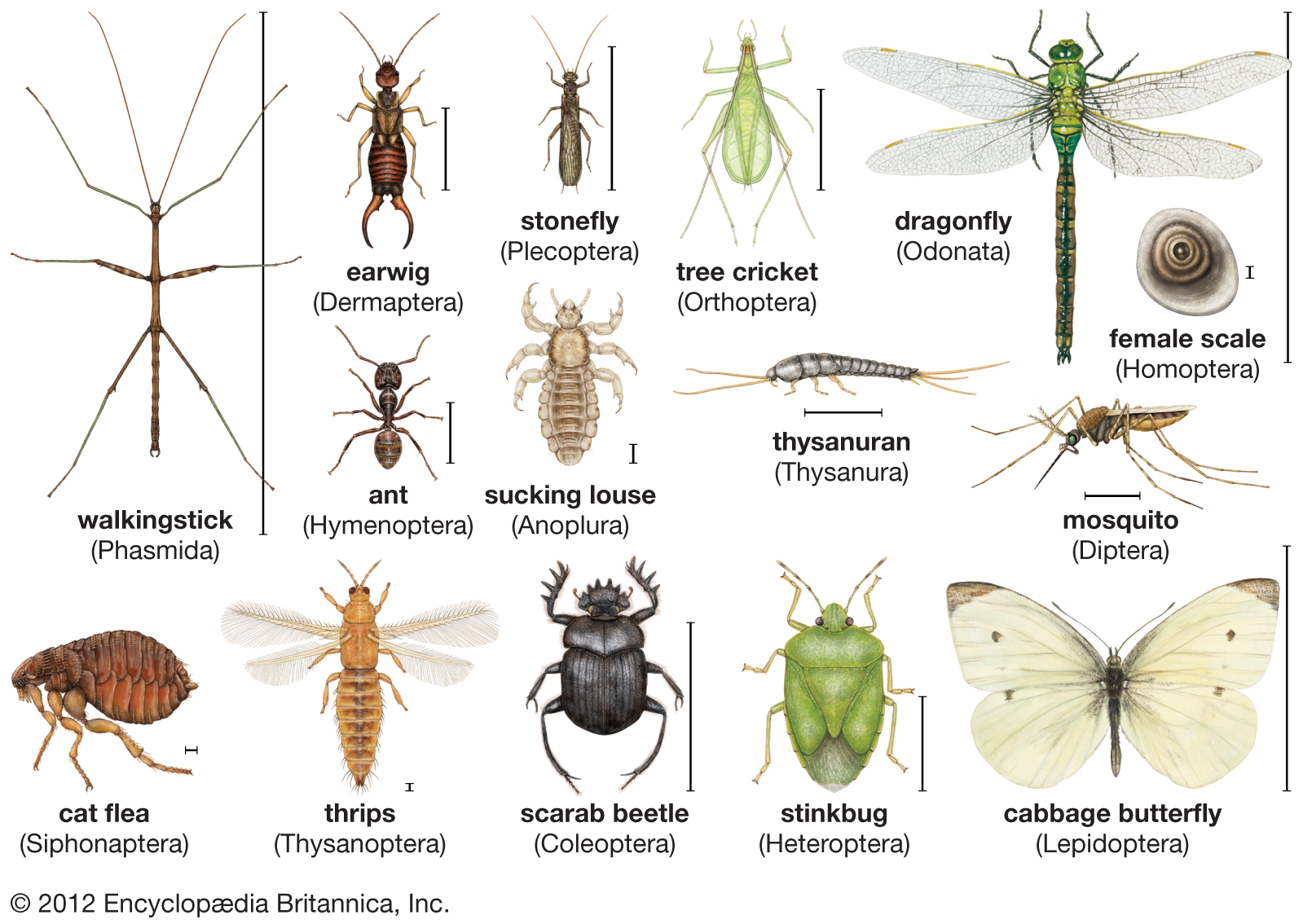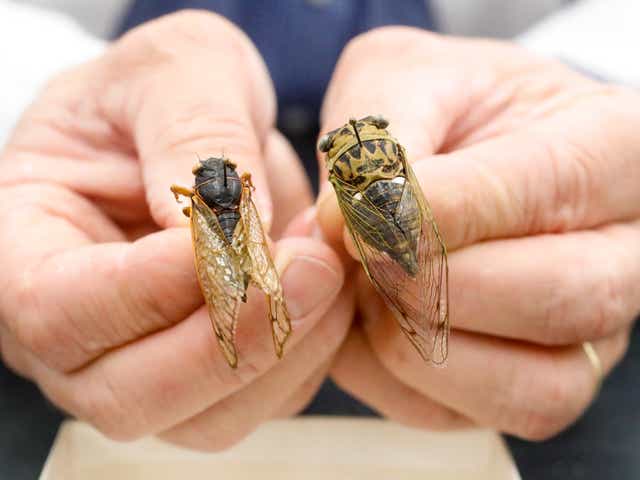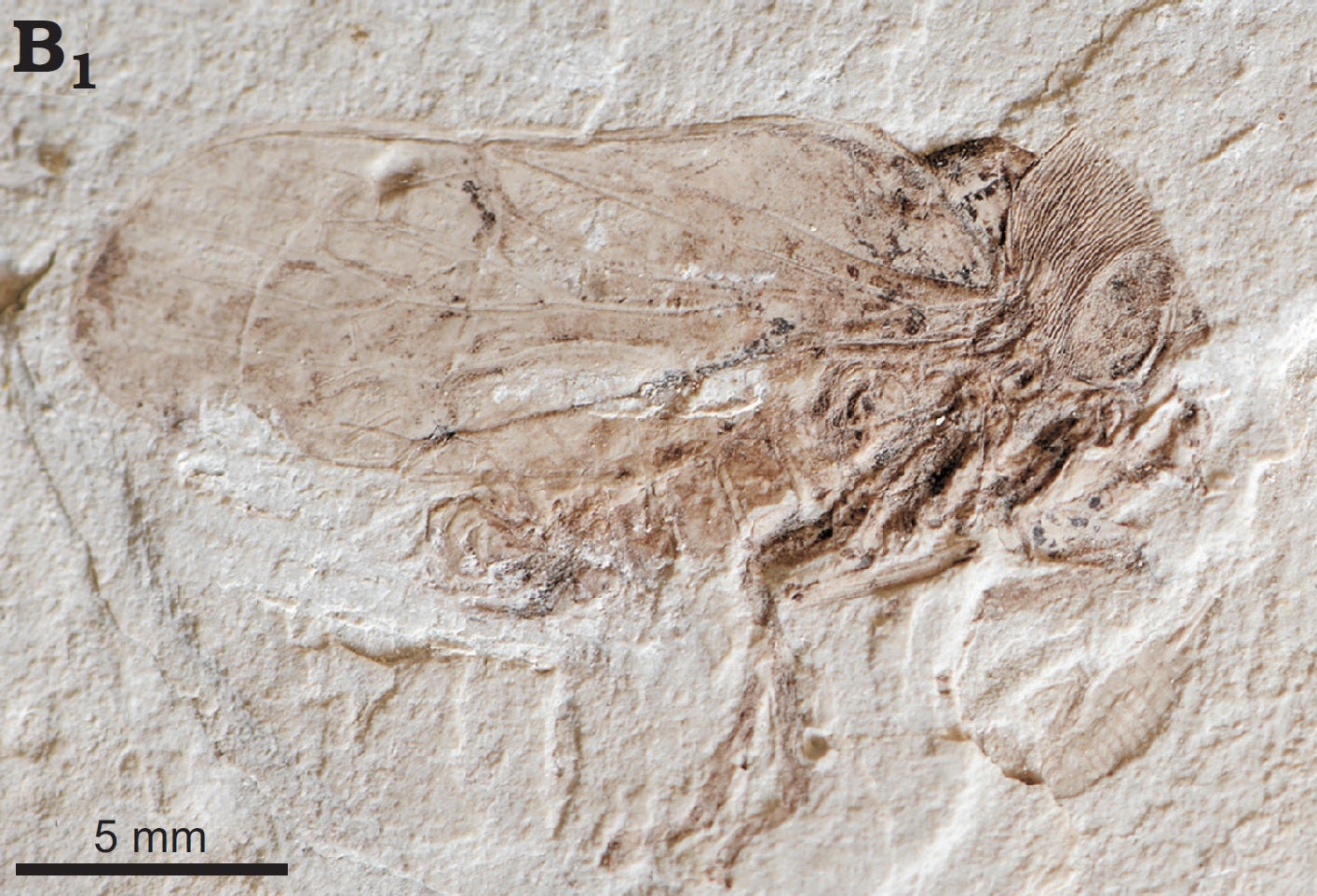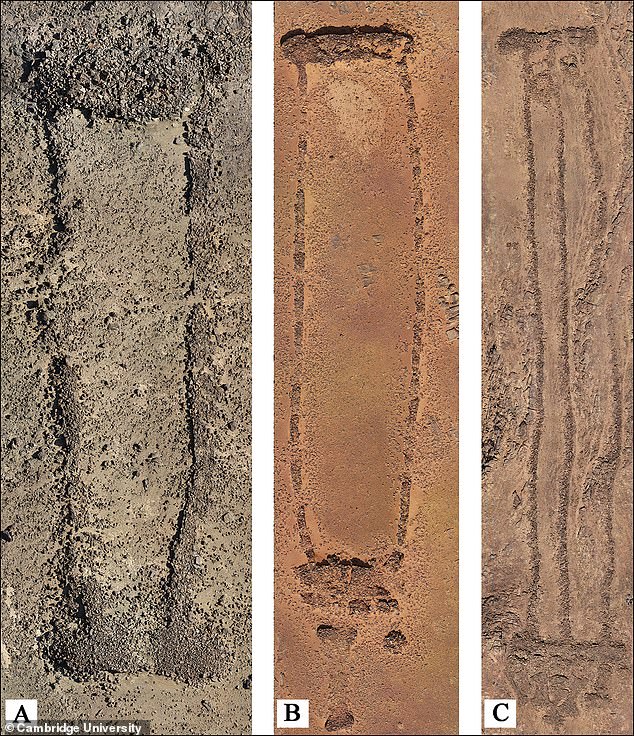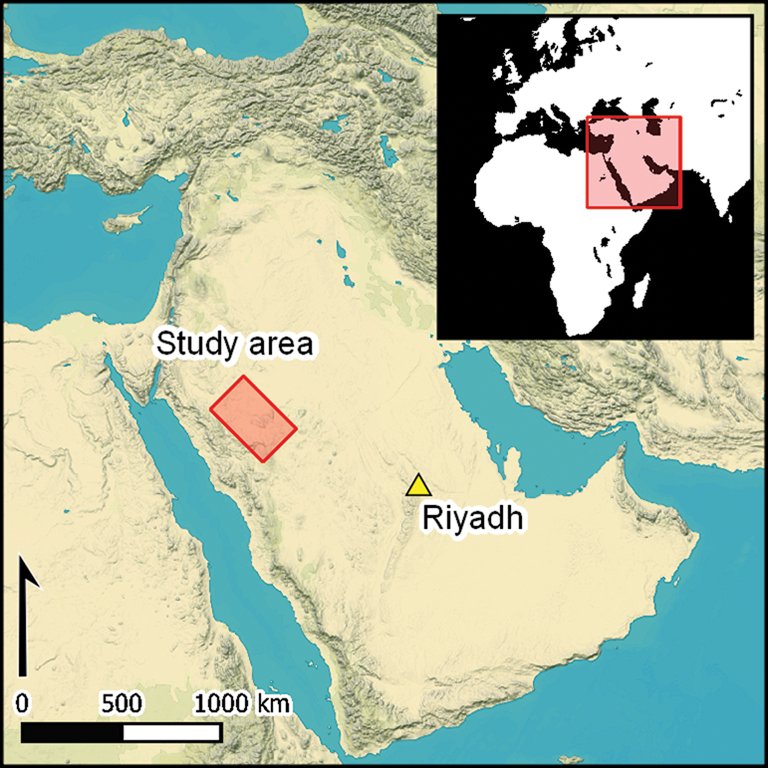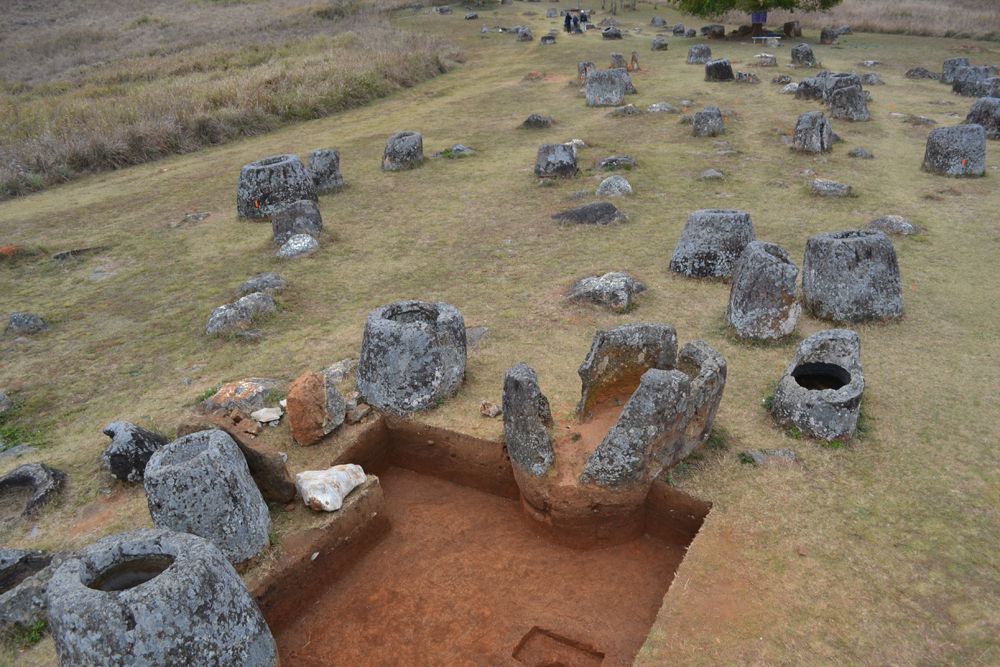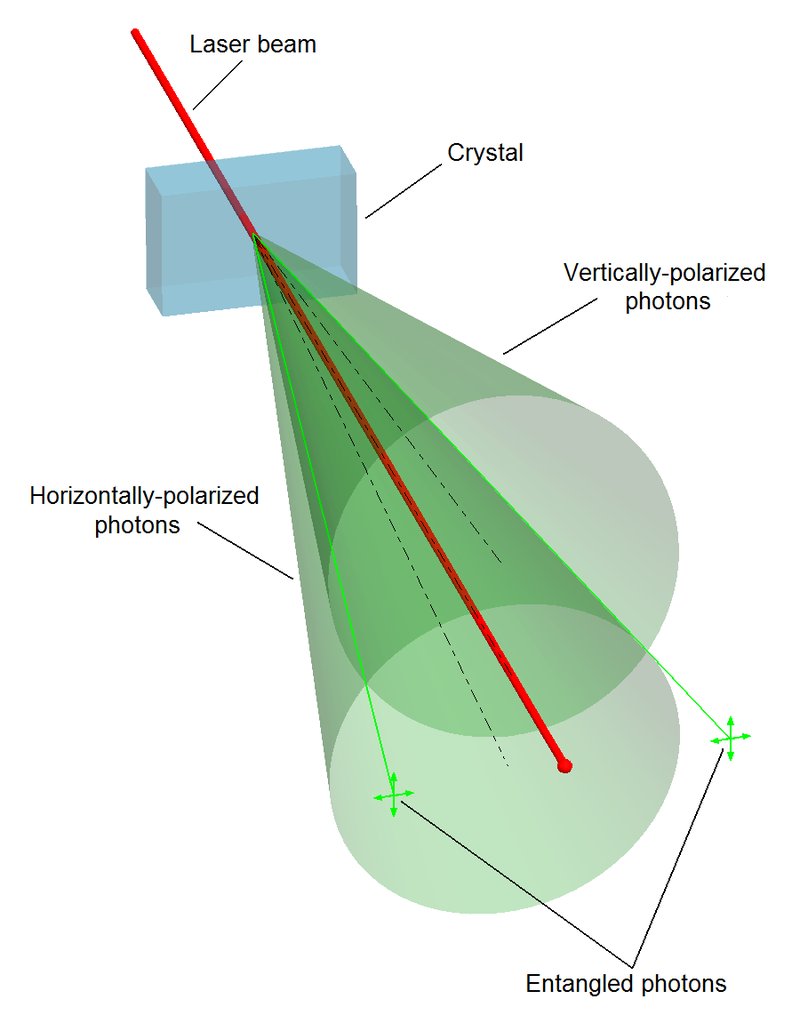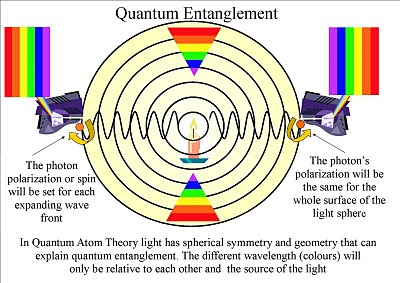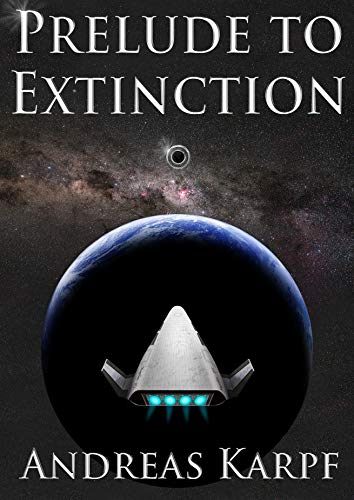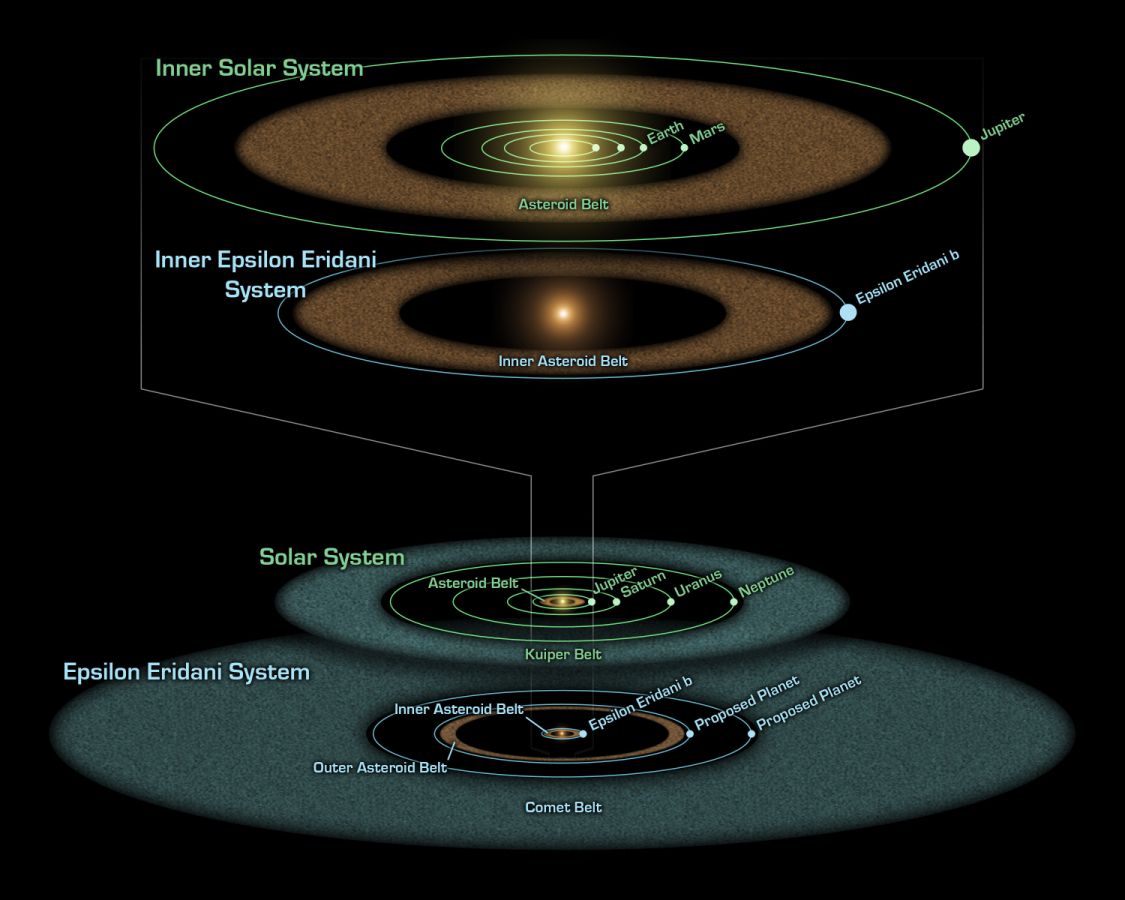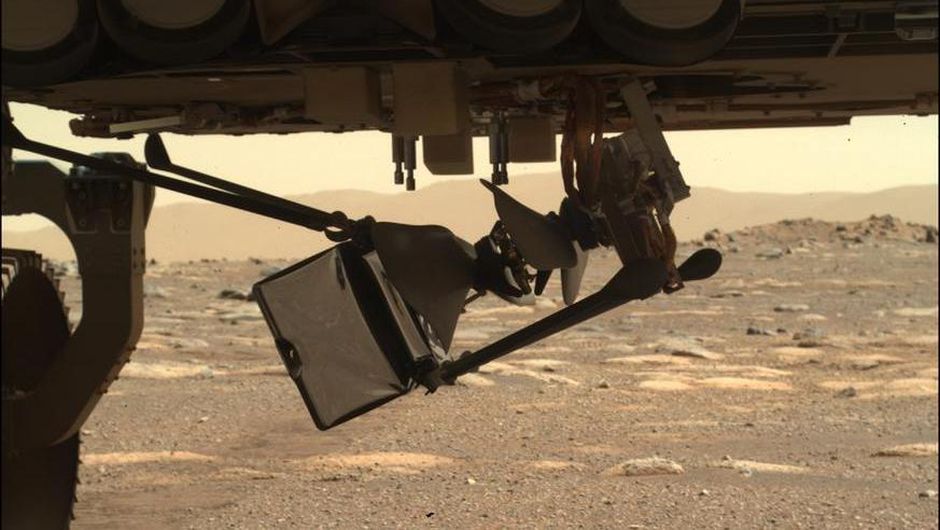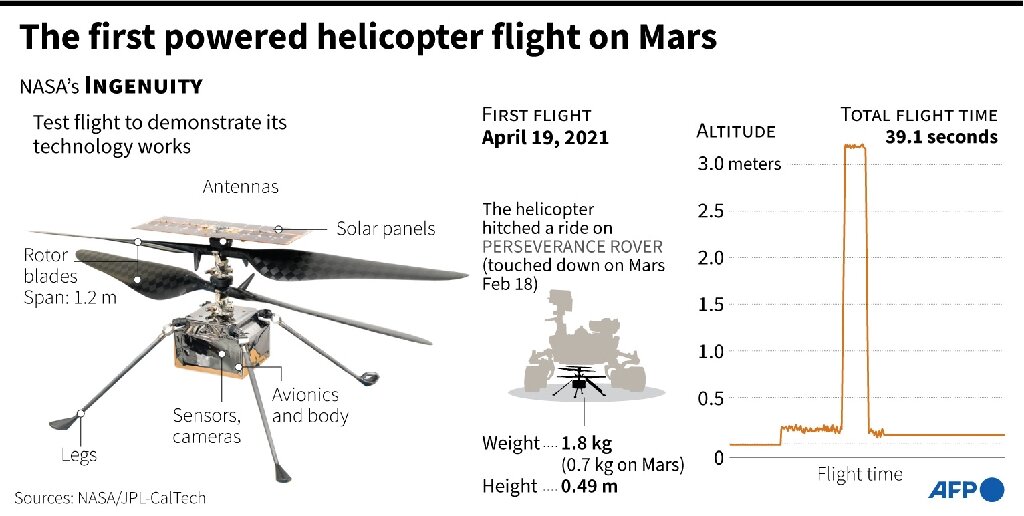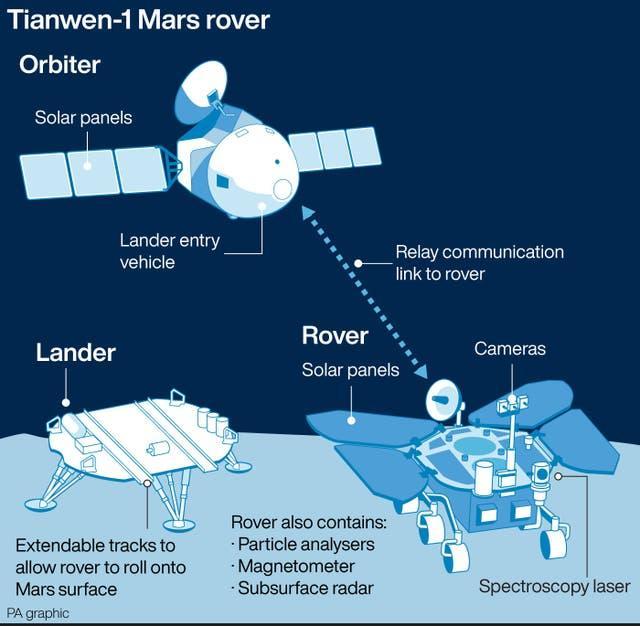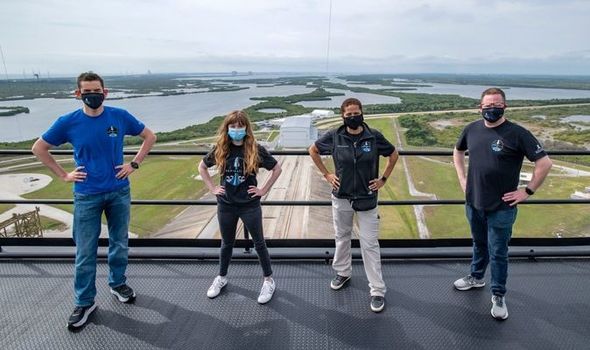Last month, on the 15th of April the Deputy Prime Minister of the Russian Federation Yuri Borisov announced on Russian television that his nation would be terminating its commitment to the International Space Station (ISS). According to the announcement the Russian Space Agency Roscosmos would be informing their partners, that is the US, European and Japanese space agencies, that it would cease to provide crew, maintenance and support for the ISS at the end of the year 2024.

Now in many ways the Russian intention makes a good deal of sense. The original design of the ISS was for a twenty-year lifespan, which was completed in 2020. Currently the ISS is working on a five-year extension agreed to by all of the partners. However air leaks and other maintenance issues have multiplied over the last few years and everybody involved with the ISS recognizes that the station will require a major overhaul if it is to continue beyond 2025.

Besides the ISS was never the space station that Russia really wanted. You see the orbit of the ISS is such that it travels as far north as a latitude of 51 degrees, and 51 degrees south by the way. That means that while the ISS passes over all of the continental US it passes over less than 20% of the Russian Federation. That makes it all but useless to for Earth observation and monitoring of much of Russia’s territory particularly the Arctic region that Russian’s President Vladimir Putin considers vital to his country’s future.

For that reason over the last several years Roscosmos has been designing a new space station that will go into a polar orbit, enabling it to observe and study the entire planet. The question is can Russia afford such an undertaking? The Russian economy is not strong and over the last decade much of Roscosmos’ budget for the ISS has come from taxiing the astronauts of other nations to the ISS. With Space X now launching astronauts to the ISS at half the cost the Russian space agency has lost that revenue stream.
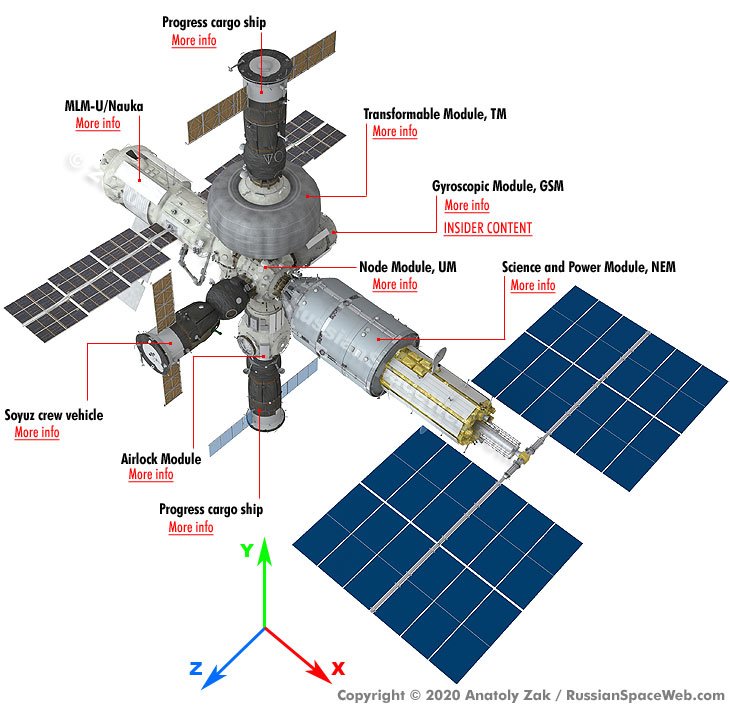
In my own opinion the Russian decision was also determined as much by politics as science. Tensions between Russian the other nations involved with the ISS have continued to increase ever since it annexed the Crimea, supported rebels in Ukraine and interfered in the elections of other nations. The Russian government’s decision to abandon the ISS may just be a thumbing of their nose at nations who are better off than they are.

Nevertheless, if Russia does end its involvement with the ISS what then will be the future of the space station? The truth is that NASA would also like to considerably reduce its own commitment to the upkeep and management of the ISS. So what is going to happen to the ISS, will it be pulled out of orbit to burn up in the atmosphere like Skylab and Russia’s MIR space stations were?

NASA hopes to avoid that possibility. The American space agency hopes to use the ISS as an asset to further the commercialization of Low Earth Orbit (LOE). This is all part of a long-range program that began when NASA started funding Space X and Boeing to develop their commercial manned space vehicles.
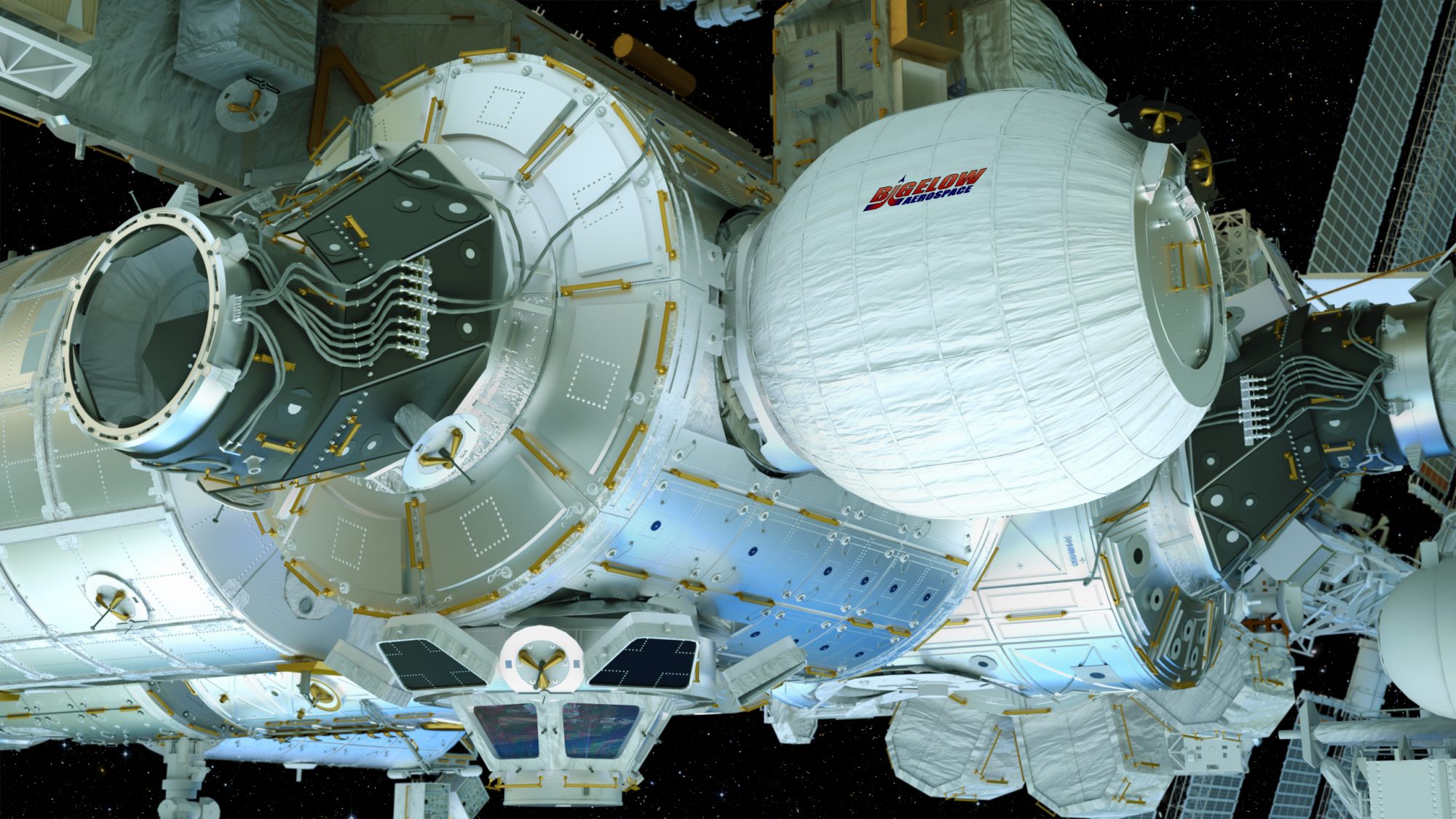
Now NASA has tasked Axiom Space Corporation to organize and manage the first completely civilian mission to the ISS, which could occur as soon as January of next year, 2022. Axiom Mission One will take four persons, one a former NASA astronaut along with three businessmen, to the ISS aboard a Space X Dragon capsule. They will stay in orbit on the station for eight days performing experiments and bring the results home with them. Going forward NASA also plans for Axiom to attach a commercial habitation module to the ISS as early as 2024.

To get a idea of how this system is going to work consider Axiom to be the travel agency, who will purchase seats from Space X to take 4-6 astronauts to the ISS. And the astronauts don’t have to be rich, millionaire space tourists; the nation of Peru for example could purchase a ticket to take its first astronaut into space. Or corporations might also take advantage of this in order to send one of their employees into space to experiment with a new technology. Intel Corporation for example could experiment with manufacturing three-dimensional integrated circuits in a zero gee environment.

Eventually NASA hopes that Axiom or some similar space company will completely take over the operation and maintenance of the ISS and run in something like a modern resort. Customers would arrange their stays at the ISS through Axiom who would then set up their flight with Space X or some other commercial launch company. NASA’s Cape Kennedy would then become something like a municipal airport, owned by the government but renting space to commercial carriers. In time this commercialization would extend to other space stations like the one planned by Bigelow Aerospace.

And speaking of space stations its time to mention that back on April 28th China successfully placed into orbit the core module of their first space station called Tianhe. Most of the press coverage of this launch focused on the fact that the lunch vehicle for the module, a Long March 5B rocket, was left by the Chinese in an unstable orbit and could have re-entered the atmosphere over inhabited areas of the Earth. As it was the rocket eventually fell into the Indian Ocean doing no harm to anyone.

Over the next year or so Tianhe will be joined by two other modules, named Wentian and Mengtian to form a ‘T’ shaped station. The first crew to man the station is scheduled to be launched this September for a 6-month mission. When completed the Tianhe station’s planned lifespan is ten years but could be extended to 15.
And I’ve already seen the Tianhe station as it flew over Philadelphia, three times now in fact! And the first time I saw it the ISS was also flying overhead so the two were visible at the same time for about two minutes. That was quite cool.
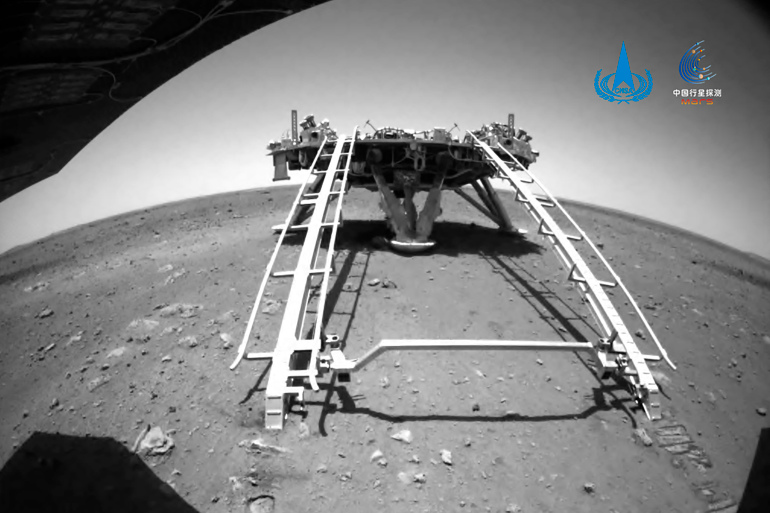
And before I go I have to mention China’s other success in space, the landing on Mars of their Tianwen-1 lander, which carries a small rover named Zhurong. The lander module separated from the Tianwen-1 orbiter and successfully touched down on the Martian surface on the 15th of May. Landing in the Utopia Planitia region of Mars the rover was deployed and is now rolling around the Martian surface. The plan is for Zhurong to explore the area around its lander for 90 days, however considering how NASA’s rovers, and now helicopter, have all had their mission’s extended I shouldn’t be surprised if the Chinese rover doesn’t last a good deal longer than 90 days.

